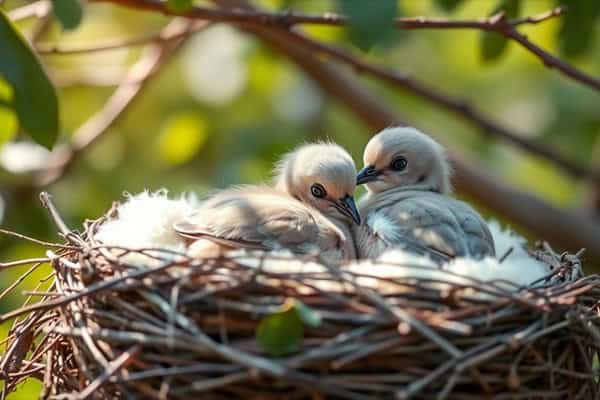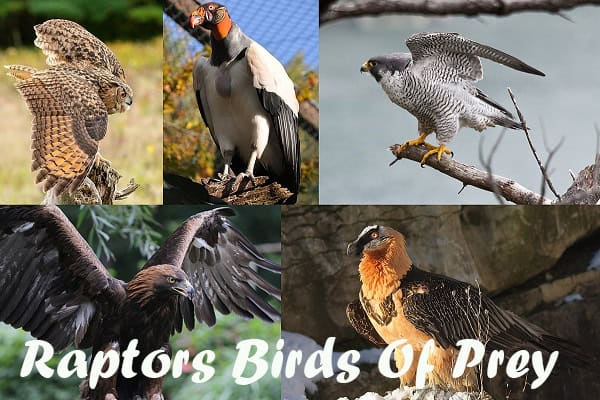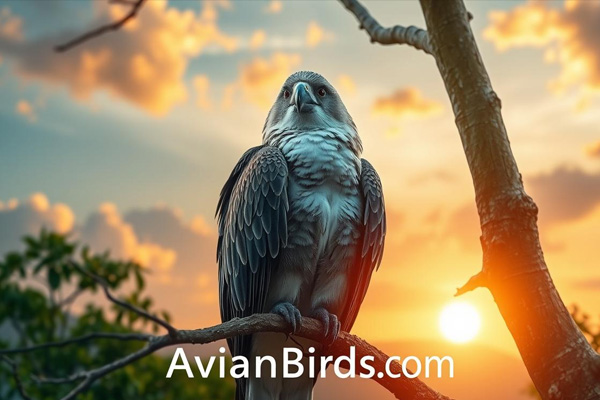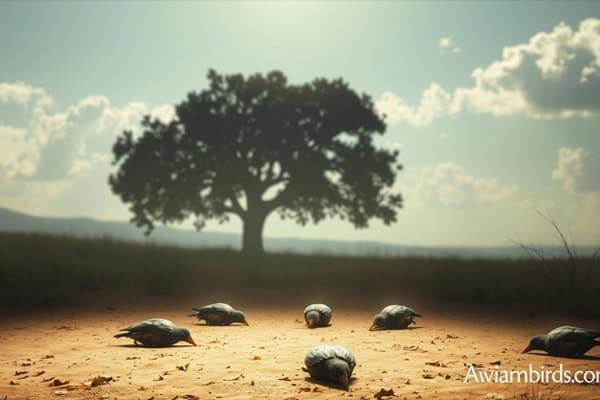Baby Mourning Doves: Caring for These Tiny Birds
Did you know Mourning Doves are super common in North America, with over 20 million of them? Yet, taking care of Baby Mourning Doves, or squabs, needs special knowledge and effort. These young birds belong to the Columbidae family and have their own needs early on. We’ll dive into Mourning Dove care, covering their traits, growth, food needs, and what parents should do. Let’s learn how to give these cute birds the best care possible.
Understanding the Mourning Dove
The Mourning Dove is a beloved bird in North America. We often see them in our yards and parks. They are known for their graceful flight and beautiful sounds.
To appreciate them more, let’s look at where they live and some of their key traits. This will help us understand these lovely birds better.
Distribution and Habitat
Mourning Doves live all over North America. Also, They like open areas, cities, and lightly wooded places. They need places to nest and find food and water easily.
They can live in many different places, making them familiar to many of us.
Common Characteristics
It’s easy to spot Mourning Doves because of their unique traits. They are slender, medium-sized birds with long tails and soft grayish-brown feathers. This color helps them hide in their surroundings.
Their soft cooing is another way to recognize them. They are part of the Columbidae family, which includes doves and pigeons. This shows how important Mourning Doves are in our ecosystems.
| Characteristic | Details |
|---|---|
| Size | Medium-sized (about 9-13 inches long) |
| Weight | Approximately 4-6 ounces |
| Coloration | Soft grayish-brown plumage with a slightly darker head |
| Calling | Soft, mournful cooing sounds |
| Habitat Preference | Open fields, suburban areas, and light forests |
What Do Baby Mourning Doves Look Like?
Learning about Baby Mourning Doves helps us understand their early life. Their look at birth shows us their unique traits. These traits help them grow and learn important skills.
Appearance at Birth
Baby Mourning Doves, or squabs, look different right after they’re born. They have a thin layer of down that’s yellow-brown. Their skin looks dark and old-fashioned. They also have a dark beak with an egg tooth to help them get out of their eggs.
Juvenile Features and Growth
In the first ten days, squabs start to change a lot. They grow fast, reaching lengths of about 10 to 15 centimeters. As they grow, their feathers turn darker and more speckled than those of adults.
This color helps them blend in as they get ready to fly away. They usually start flying around 10 to 14 days after they hatch.
Related Video:
Baby Mourning Doves: Growth and Development
The growth and development of baby mourning doves are fascinating. They go through incredible changes from the start. Let’s look at how they grow from hatchlings to independent birds.
Size and Weight Progression
When they are born, baby mourning doves are tiny, weighing about 5 grams and measuring a few centimeters long. In the first week, they grow a lot, reaching around 10 centimeters long. By day ten, they weigh between 45 to 60 grams, close to their adult size. This shows how fast they grow in the first days.
Timeline of Development Stages
Baby mourning doves stay in the nest for about two weeks. During this time, they grow a lot. After 14 days, they start to fly, but they still depend on their parents for another month. This shows their slow move towards being independent, following a clear development timeline.
Feeding Baby Mourning Doves
Feeding is key for baby Mourning Doves to grow. They go through two main diet phases. First, they eat a special substance, and later, they move to solid foods. This shows how much care their parents give them.
Initial Diet: Crop Milk
Right after hatching, baby Mourning Doves need crop milk. This milk comes from both parents. It’s full of protein and fat, which helps the squabs grow fast. For the first few days, it keeps them healthy and strong.
Transition to Solid Foods
After about five days, the Mourning Dove diet changes. Parents start feeding their chicks seeds and other solid foods. They do this by regurgitating food that’s already partly digested. This makes it easier for the babies to eat.
By two weeks old, these doves switch fully to solid food like grains, seeds, and berries. This slow change helps them get used to eating solid food while still getting help from their parents.
Parental Care and Responsibilities
Learning about Mourning Dove parental care is key for those who love these birds. Both the male and female are vital in raising their young. They make sure the squabs get the food and care they need in the early days.
The feeding process shows how much both parents invest, especially in the first two weeks.
Feeding Duration and Responsibilities
At first, both parents feed their chicks together. But as the squabs grow, one parent often takes the main feeding role. This usually happens around the 12-day mark.
This lets the other parent prepare for future broods. It’s a key part of their life cycle. This teamwork makes sure the squabs are well cared for until they can survive on their own.
Male vs. Female Roles in Nurturing
The male and female Mourning Doves work together perfectly in caring for their young. The male takes on more feeding duties as the chicks grow. The female focuses on nest upkeep.
This teamwork shows how Mourning Dove parents care for their babies. It helps the young ones grow strong and independent.
Read More🐦Related Articles:
| Red Sparrow Bird |
| Small Brown Birds In Florida |
| Hawks in San Diego |
| Doves (Pigeons) In Arkansas |
| Hummingbirds in Missouri |
Frequently Asked Questions:
Q1. How long do baby mourning doves stay in the nest?
Baby mourning doves typically stay in the nest for about 2 to 3 weeks before they fledge and start flying.
Q2. What are baby mourning doves called?
Baby mourning doves are called “squabs.”
Q3. What do mourning dove babies look like?
Mourning dove babies are covered in down feathers and are initially grayish or brown with a soft, fuzzy appearance.
Q4. Why do mourning doves leave their babies?
Mourning doves leave their babies primarily to find food and protect themselves from predators. The parents return frequently to feed and care for the young.







